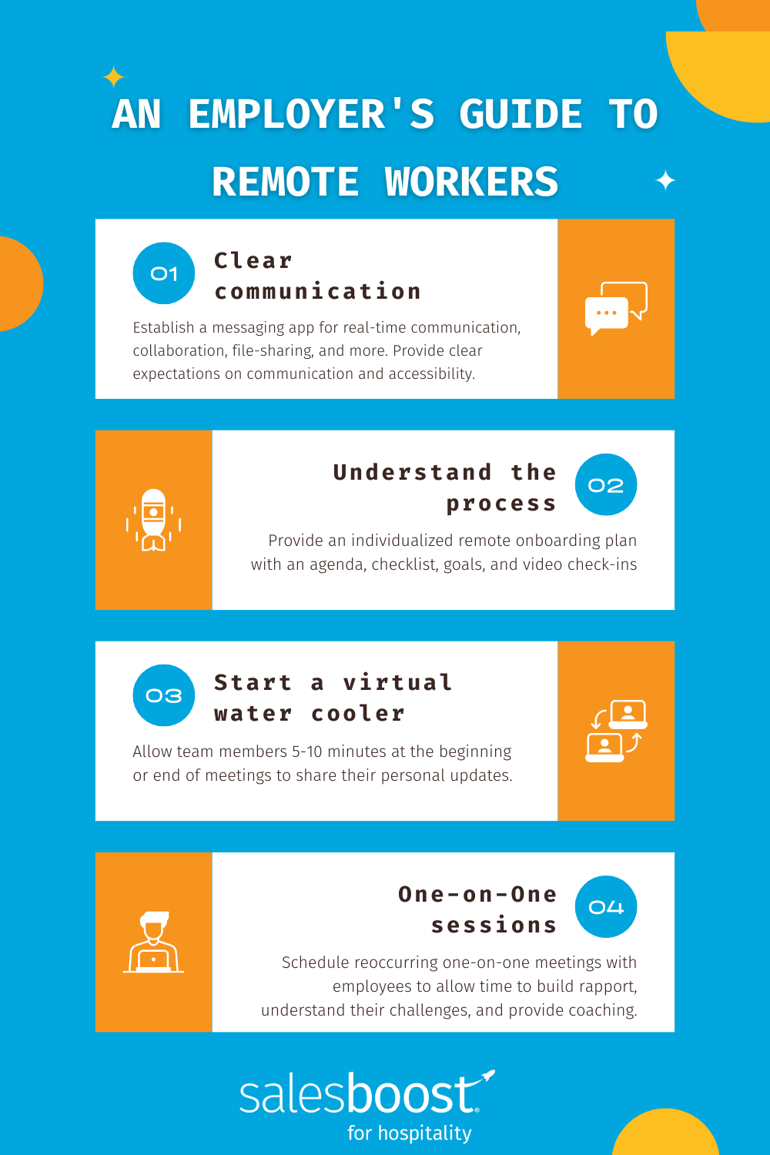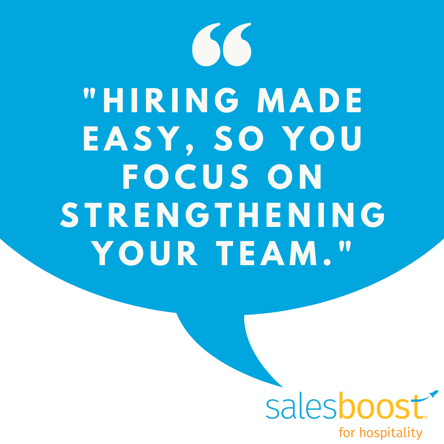
What is Onboarding and Why is it Important?
Onboarding is the process of introducing new employees to the company culture, expectations, and goals. It is also a mechanism through which new employees acquire the necessary knowledge, skills, and behaviors in order to become effective in their role and responsibilities. Onboarding also helps to create a positive work environment by making sure that new employees are integrated into the organization and that they understand the company's values, mission, and policies. It is an important part of any organization's success and helps to ensure that new hires are productive, engaged, and motivated. With onboarding, organizations can ensure that their employees are set up for success from day one.
It’s time to kickstart your company's success with an effective onboarding process!
It's about getting new hires up-to-speed quickly and efficiently, ensuring they are confident to perform their role, and to inspire them to take initiative to reach their highest potential.
Step One: Prepping the Office Space and Resources for the New Hire
Hiring a new employee is an exciting time for any business. It's a chance to bring in fresh ideas and perspectives, and to grow your team. But before the new hire starts, it's important to make sure that they have everything they need to hit the ground running. This means prepping the office space (whether working remotely or in-person) and resources so that the new hire can feel comfortable and productive right away. Having the necessary equipment, technology, and tools is an essential part of Onboarding. An Onboarding Checklist is a great place to start.
Remote work has become increasingly popular in recent years, and with it, new challenges for employers to ensure their remote employees are successful. Prepping new hires for remote work can be a daunting task and requires a different approach than traditional onboarding. Shipping any equipment and tech in advance is a key step to a successful Onboarding. It's crucial to provide the necessary tools and resources to ensure your new hire is comfortable in their remote environment while also ensuring that their remote office space meets the standards necessary to perform their job efficiently.

7 Remote Employee Onboarding Tips and Checklist for Your Next New Hire
Step Two: Introducing Your Company Culture & Values to the New Hire
Every company has its own unique culture and values that define its workplace environment. It is important to introduce new hires to these values and culture so they can understand the company’s mission and goals and their role in helping the company achieve them. This step is crucial for setting up a successful onboarding process and ensuring that new hires feel comfortable in their roles.
Helping your new hires understand company culture will help them fit in, and employees that feel like they fit are more likely to stay. Companies that focus on developing and maintaining a healthy culture have been found to enjoy 40% higher employee retention.
By introducing your company’s culture and values to the new hire, you can help ensure that they have a positive experience in your organization.
Step Three: Orientating the New Employee on Job Responsibilities & Expectations
Orienting a new employee on job responsibilities and expectations is an important part of the onboarding process. It helps ensure that everyone is on the same page and that the new hire understands their role, tasks, and expectations. This step helps to ensure that the new hire has all of the information they need to be successful in their new job.
By providing clear instructions and expectations, employers can help their new hires hit the ground running and become productive quickly.

Step Four: Accelerate Time to Proficiency with Onboarding Learning Journeys
Accelerating the time to proficiency has become an essential metric that determines an organization's profits and customer satisfaction. It also directly contributes to a new employee's feeling of confidence and workplace happiness. Decreasing the amount of time it takes for a new hire to be proficient in their role and to perform at a high level is clearly important for an organization's success. And today more than ever, it is an important decision factor for prospective employees as they compare job offers. In a competitive market for talent, organizations that have a clear training plan for new hire onboarding will win the war for top talent.
Implementing a focused learning path as part of onboarding will allow dedicated focus for learning the critical skills and behaviors that new employees need to perform their job well. SalesBoost is the expert when it comes to Onboarding Learning Journeys and New Hire Training Programming. SalesBoost has proven to accelerate time to performance in both sales and customer service with an active learning onboarding method using simulated role-play with its patented voice analysis training system.
Step Five: Setting Up Check-Ins & Milestones to Track
Regular check-ins with new hires allow managers to assess their progress, identify any areas where they may need additional help, and provide feedback in a timely manner. Milestones provide a way for managers to measure the success of their onboarding program by tracking how quickly new hires reach certain goals or objectives.
As a best practice, we recommend the following check-ins and team meetings:
- Weekly All Team Priority Meeting
- Best on a Monday morning in-person, remote, or a blend of both
- Weekly 10-Minute Check-In with supervisors and their individual team members. This can be automated with a tool like 15-Five or Lattice.
- This is a great time to check the status of priorities and deadlines and make adjustments to priorities as needed.
- Monthly 30-Minute Milestone Meeting with supervisors and their individual team members to review their goal vs. actual performance results to mark areas that are on track, at risk, or ahead.
- Quarterly Performance Review with supervisors and individual team members to understand results vs goals and KPIs (key performance indicators) or OKRs (objectives and key results)
- Annual Review
- This can be conducted as a result of all the Quarterly Reviews and other activities and/or contributions which can tie into career advancement and merit increases.
- Many organizations include 360-degree reviews as part of an annual review to comprehensively look at an employee’s efficiency, productivity, contributions, and work behavior.
By implementing regular check-ins and milestones, organizations can ensure that new hires have all the resources necessary to become successful members of their team. This will result in increased engagement, productivity, and most importantly, good retention rates in the long run!
Conclusion
Onboarding new hires is an important process for any organization. It helps to ensure that new hires are quickly integrated into the team and contributing to the team's success. By having a well-defined onboarding process, organizations can maximize the productivity of their new hires and reduce their time to proficiency. This is achieved by providing clear expectations, setting up resources and tools, and providing training on company policies and procedures. Additionally, organizations should create a welcoming environment for new employees through mentorship programs and social activities. With these strategies in place, organizations can ensure that their new hires are productive from day one.

